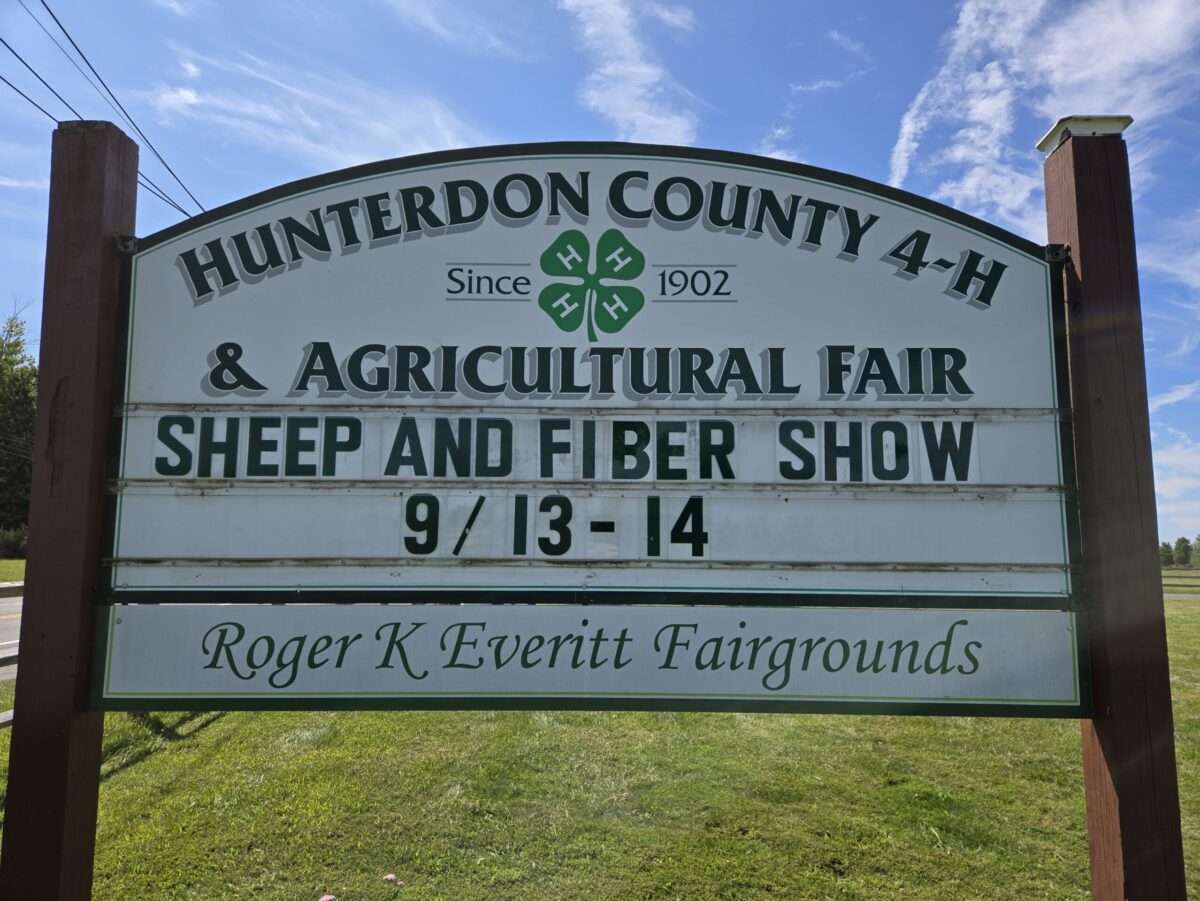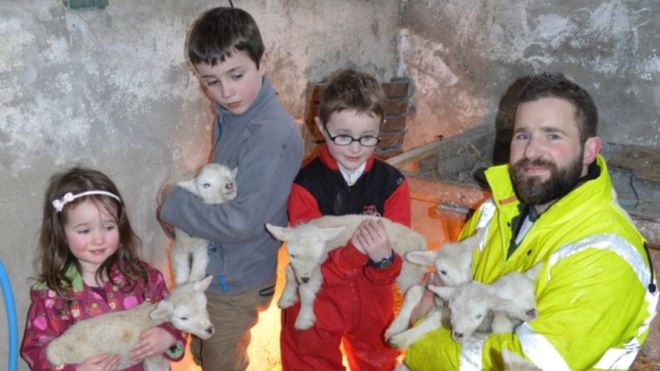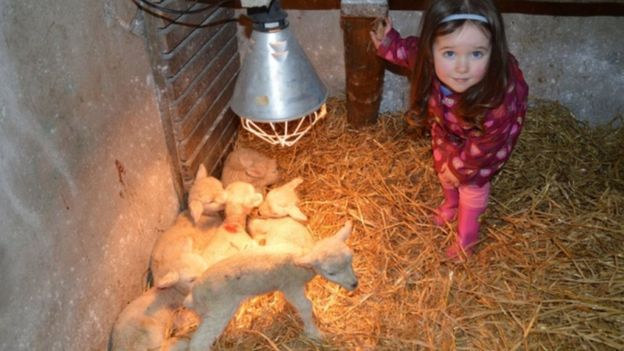READINGTON TWP. – A partnership of the New Jersey State Agriculture Development Committee, New Jersey Conservation Foundation, Readington Township and the U.S. Department of Agriculture’s Natural Resources Conservation Service on Tuesday, Feb. 21, preserved the 21-acre Cole Farm on Readington Road.
Back in the late 1700s, a German indentured servant named Casper Berger repaid his debt and became a free man.
“He was a mason by trade, and he was required to build three homes,” said Robert Cole, Berger’s descendent. “He built them, earned his freedom and settled in the village of Readington.”
According to a family history, the house on the Cole farm property was likely built by John Berger, a grandson of Casper Berger. The barns are believed to predate the farmhouse.
During the Civil War era, the farm was owned by John Berger’s daughter, Anna, and her husband, Thomas Johnson, the village doctor. Their daughter, Sarah Johnson, married Charlie Cole, a local farmer.
Charlie and Sarah Cole’s son Robert, and his wife Gladys, purchased the farm during the Great Depression. Robert was one of the first farmers in the area to own a combine, which he made available to neighboring farmers. Access to this technology supported and fostered the agricultural community. Robert Cole farmed the land through the 1950s, selling some of the original acreage in his retirement.
The property was passed down to Robert’s son, Richard Cole, who had two sons, Robert and David. The younger Robert Cole and his wife purchased the farm in 1994, and still live there today. Robert and Janet Cole’s children, Bobby and Sarah, represent the ninth generation of their family to live on the land.
Eight generations later, Casper Berger’s farm is still in the family. And it is likely to remain a family farm, now that the Hunterdon County land has been permanently preserved.
Preserving the farm will make it easier for future generations – including Robert and Janet Cole’s son and daughter – to continue to own and farm it.
Cole said he and his wife felt strongly about preserving the farm.
“When we walk on the land, we can feel the history,” he said. “It’s a special place, and we feel that we’re being stewards of our family heritage. It felt like the right thing to do.”
The preservation of the farm also helps protect the character of Readington Village, which is listed on the state and national Registers of Historic Places. The Cole farm is the last remaining property of sizeable acreage in the village.
The centerpiece of Readington Village is the historic Dutch Reformed Church, which is surrounded by 18th and 19th century houses. Casper Berger and several succeeding generations are buried in the church’s cemetery.
The Cole farmland – which overlooks the church and cemetery – will continue to be owned by the family, but is now permanently restricted for agricultural use. The family’s historic house and barns were not included in the preservation project.
“The Cole family farm is very important to the landscape and character of Readington Village,” said Michele S. Byers, executive director of New Jersey Conservation Foundation. “We’re very pleased the family chose to preserve this beautiful piece of land.”
Development rights on the Cole farm were purchased using New Jersey Conservation Foundation’s funding from the Natural Resources Conservation Service, and Readington Township’s funding from the State Agriculture Development Committee.
“We were happy to partner in the preservation of this farm to ensure that it remains in agriculture for generations to come,” said Agriculture Secretary Douglas H. Fisher who chairs the State Agriculture Development Committee.
Readington Township Mayor Benjamin Smith said that the township is happy to have assisted in this preservation.
“Preservation of the Cole farm in the heart of Readington Village is an important part of the township’s multi-decade program to preserve our farms and maintain the rural character of the township for future generations,” Smith said.
State Conservationist Carrie Lindig praised the farmland preservation project.
“The Natural Resources Conservation Service values the New Jersey Conservation Foundation’s leadership in preserving New Jersey’s farmland,” Lindig said. “We are pleased to partner with them and the State Agriculture Development Committee in acquiring a conservation easement on this Readington Township farm, and we appreciate Mr. Cole’s commitment to preserving their valuable, historic family farm.”
Source: NJ Hills.com March 22, 2017






